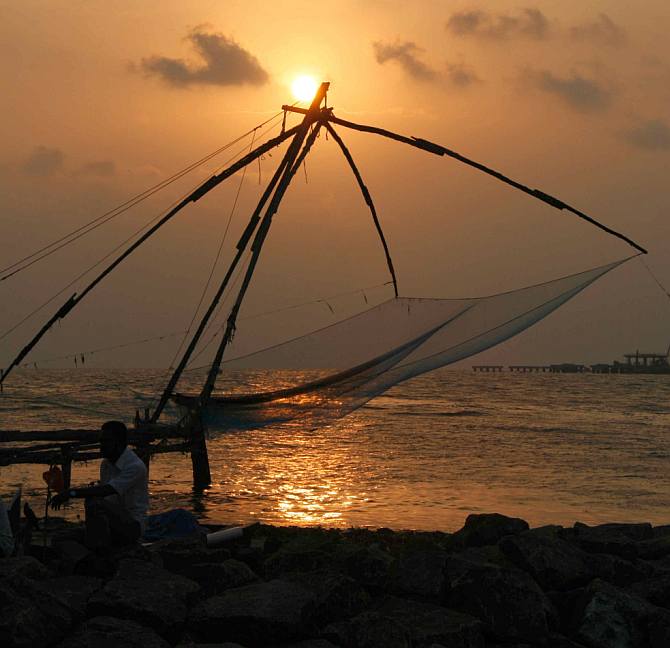
The quaint little area of Cochin has something on offer for everyone. Here's why you should be visiting it!
It was a surreal sight, especially against the setting sun. Two opposing fingers of land jutted out into the sea, forming a gateway flanked by giant Chinese fishing nets, hung on poles while the waters of the Arabian sea rippled, all golden orange.
It’s a scene that’s made Fort Kochi, near Kochi in South Kerala, recognisable anywhere in the world.
Kochi, also known by its anglicised name Cochin, is a sprawling town, with a network of little rivers and backwaters that crisscross the city. Almost adjacent is Ernakulam, so together the sprawl is actually quite big.
Behind Kochi’s serene and rather peaceful façade lies a history that is packed with action and drama.
Please click NEXT to continue reading
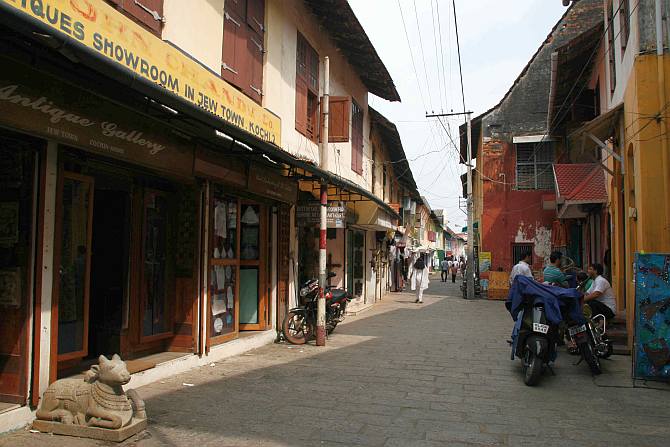
The Chinese and the Arabs are known to have connections with this port town for centuries, trading in spices, gold, perfumes, ivory and sandalwood among other things. They paved way for the Portuguese, Dutch and the British, thereby establishing deep colonial roots, and the epithet of the Queen of the Arabian Sea.
However, of all the places in and around Kochi, Fort Kochi is perhaps the most enchanting area.
It is a quaint little township that was once the repository of much military and maritime action, but is now a lovely place to walk around and browse on quiet evenings. The narrow streets, especially Princess Street, are studded with squat colonial era buildings, gabled roofs and lovely windowsills.
Please click NEXT to continue reading
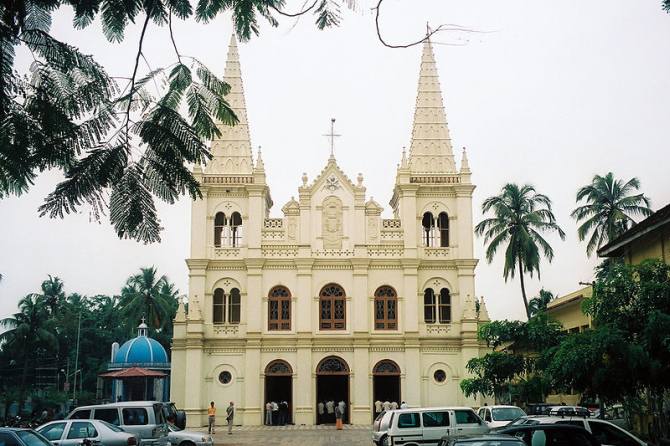
At the end of Princess Street is the rather evocatively named Loafer’s Corner. In a narrow bylane, off the main street, is the arty Kashi Art Cafe, a lovely house with a courtyard and running verandah which does art shows and is a cafe as well.
It is a popular meeting point for both tourists and the creative types. After a frothy latte and a delicious slice of delicious carrot cake, I headed around the corner for a glimpse of the majestic Santa Cruz Basilica which was first built by Portuguese more than 500 years, but which has been demolished and rebuilt, yet retaining much of its glory.
Nearby is also the St Francis Church where Vasco da Gama was buried in 1524, but his remains were dug up and taken back to Lisbon after 14 years, though a headstone continues to denote the precise area where he lay.
Please click NEXT to continue reading
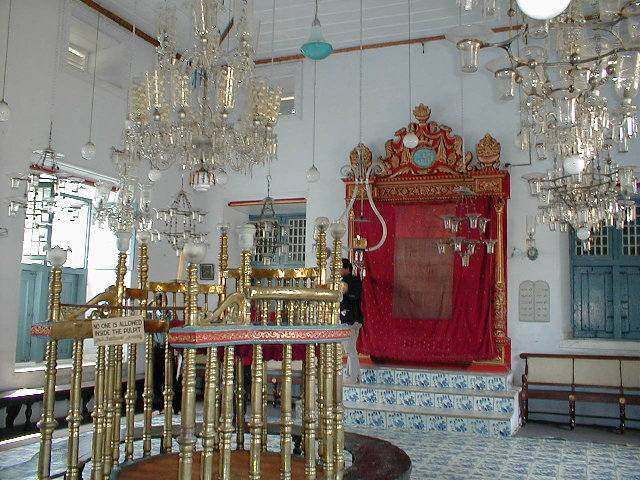
Next door to Fort Kochi is Mattanacherry, a little township that is vastly different and yet effortlessly segueing into each other.
The leitmotif here is Jew, as is evidenced by the Paradesi Synagogue, so named because it was used largely by Europeans and Jew Street, which sells antiques, knick knacks and quaint objects, as well as a plethora of spices. There’s also the Clock Tower built by a Jewish businessman.
But more interesting was the Mattanacherry palace, which was actually nothing much to look at, with pale yellow walls and a tiled, gabled roof.
It did not look like a conventional palace but as I climbed a flight of stairs into the structure, I soon discovered it was not a palace in the conventional sense.
Gifted to the local royalty by the Dutch, the walls of the two-storied building were covered with fabulous murals, depicting the Ramayana and various other scenes from Hindu mythology. There were also royal artefacts and other items on display.
Please click NEXT to continue reading
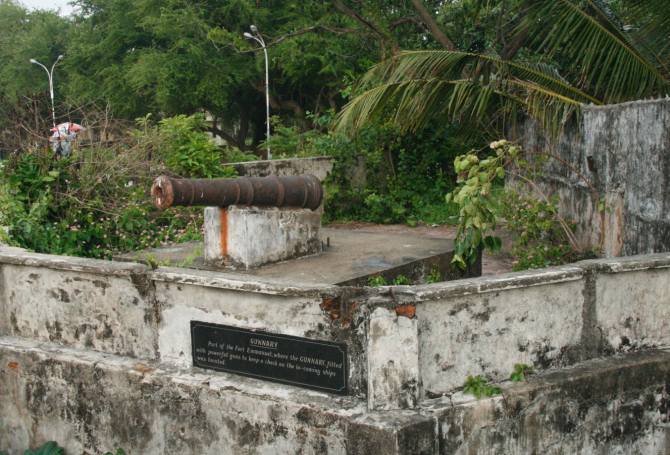
After wandering around for more than an hour, I stepped out. It was getting late evening and I headed out to the sea front. A cobbled path ran up and down and was full of people buzzing with energy.
There were relics of history scattered around – part of an ancient anchor, a small cannon… But I was happy to just plonk myself on a wrought iron bench, just a few feet away from the famous Chinese fishing nets, beautifully silhouetted against the evening sky.
As I watched, the sun sank, turning the waters crimson-orange and then golden, before finally disappearing. I sat around for some more time, in the fading dusk light, absorbing everything. But soon it was time to head back to my hotel for dinner and the journey back. I turned away, rather reluctantly, the sights and sounds firmly etched in my mind.
Please click NEXT to continue reading

Fact file
Kochi is a port town in Southern Kerala; it is also known as by its anglicised name Cochin.
How to reach there
Most domestic and some international airlines have regular flights to Kochi International Airport. Ernakulam (adjacent to Kochi) has two rail heads which are well connected by trains to almost all other major cities in the country. Kochi is also well connected by buses.
Where to stay
There’s plenty of accommodation options, but for a taste of local history, Koder House (Tower Road, Fort Kochi, Tel: 0484 221 8485, www.koderhouse.com) is ideal.
Other options include Brunton Boatyard, Fort Kochi, Tel: 0484 2215461, www.cghearth.com; Old Courtyard, Princess Street, Fort Kochi, Tel: 0484 2216302, www.oldcourtyard.com.
Where to eat
There are plenty of options but don’t miss Ann’s Residency, Bishop Joseph Kureethara Road, Fort Kochi, Tel: 0484 221 8024, www.annsresidency.com; Rahmathulla Hotel (Kayees), New Road, near Aanavaadal, Fort Kochi, Tel: 0484 222 6080; Kashi Art Cafe, Burgher Street, Fort Kochi, Tel: 0484 2215769, www.kashiartcafe.com.